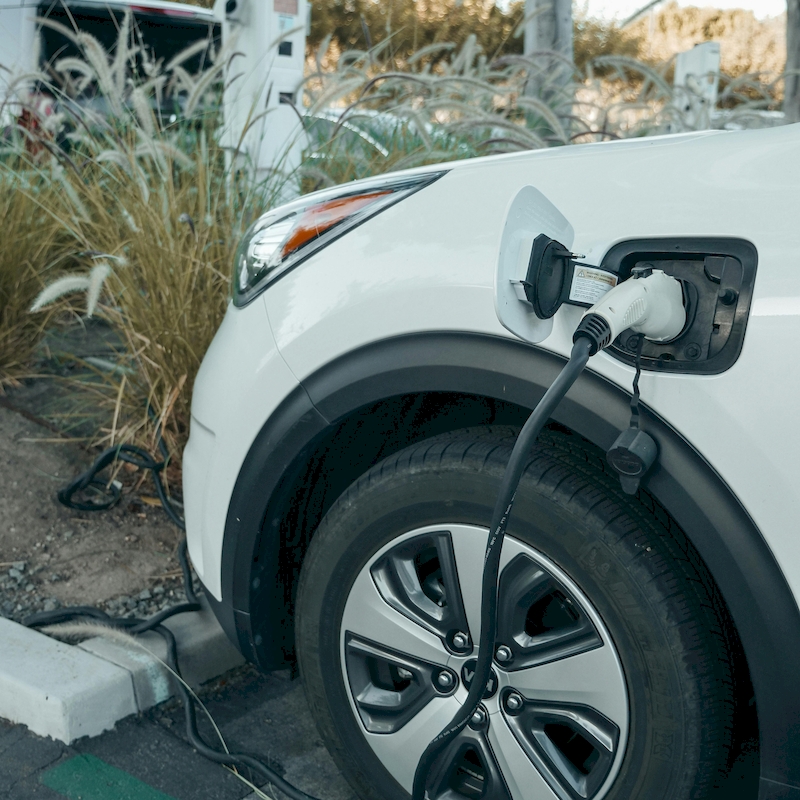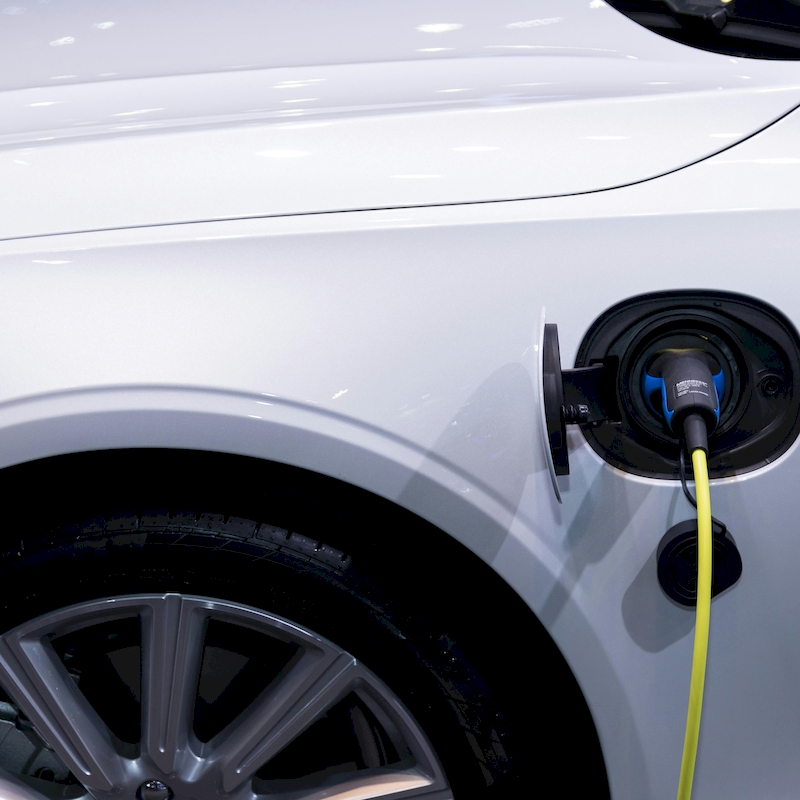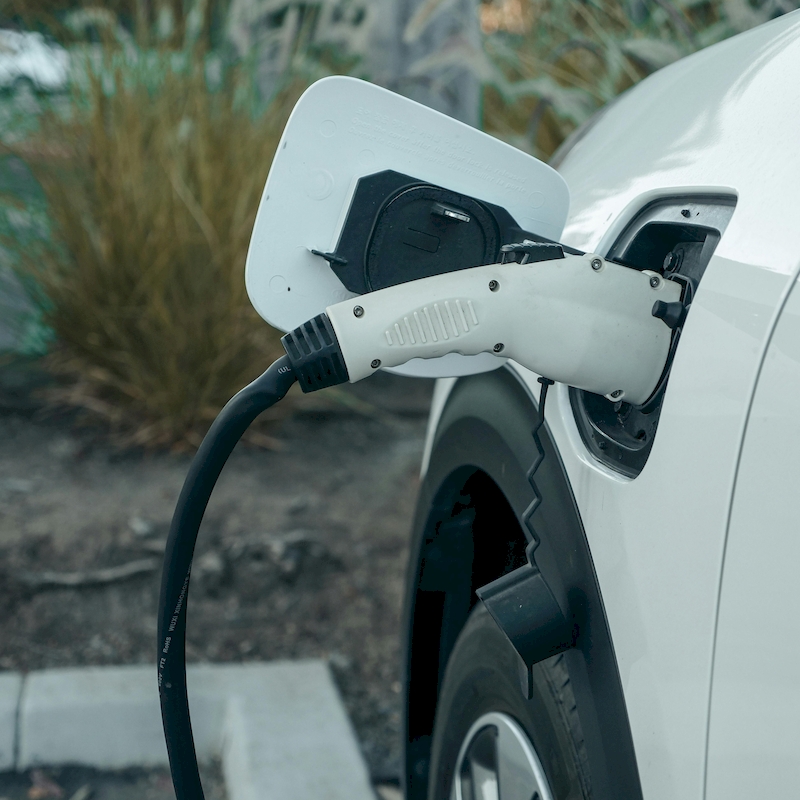Having a car that functions optimally is essential for daily commutes and long trips alike. However, there may be times when your vehicle alerts you about issues, such as the battery discharge warning in Hyundai models. This warning can be concerning, especially if you’re unsure about its implications. Essentially, this notification indicates that there’s a problem either with the battery itself, the charging system, or both. Understanding the meaning of this warning, what causes it, and how to rectify the situation is crucial in maintaining the health of your Hyundai and ensuring your safety on the road. In this article, we’ll explore the various aspects related to the battery discharge warning, its triggers, troubleshooting steps, and preventive measures to keep your vehicle in top-notch condition.
Decoding the Battery Discharge Warning
When you see the battery discharge warning in your Hyundai, it often manifests as a symbol on your dashboard. This light is an indication that your vehicle’s electrical system is not functioning properly. More specifically, it suggests that the battery is not receiving adequate charge from the alternator. In simple terms, if this warning light pops up, your battery may lose power and could eventually lead to a vehicle breakdown.
Your Hyundai’s battery plays a critical role in powering vital components such as lights, infotainment systems, and critical engine functions. When it becomes discharged, several issues might arise, from minor inconveniences like dimming lights to major problems such as failure to start. Therefore, it is essential to address this warning immediately to avoid further complications.
Possible Causes of Battery Discharge Warning
Understanding the root causes behind the battery discharge warning in Hyundai vehicles is imperative for effective troubleshooting. Below, we outline some common reasons for this warning light:
Failing Alternator
The alternator is responsible for charging the battery while the engine is running. If it fails or only partially works, the battery won’t receive an adequate charge, leading to a discharge warning. A weak or failing alternator can often be detected by dimming headlights or unusual noises when the engine is running.
Battery Condition
Age and general wear can impact battery health. As batteries age, their ability to hold a charge diminishes. If your battery is more than three to five years old, it may be worth considering a replacement before issues arise. Signs of battery deterioration include corrosion around terminals and bloating.
Faulty Battery Cables or Connections
Sometimes the problem lies not with the battery itself, but rather with its connections. Loose, corroded, or damaged battery cables can disrupt the flow of electricity, leading to the battery being unable to charge properly. Inspecting these connections can reveal problems that are easy to fix.
Electrical System Issues
A complex electrical system consisting of multiple components can contribute to the battery warning light. Malfunctions in systems like the engine control unit (ECU) or issues with onboard electronics may lead to inefficiencies that result in battery drain.
Excessive Battery Drain
Modern vehicles come equipped with various tech features that consume battery life even when the car is not in use. If multiple electronic devices or applications remain active, they can drain the battery, leading to the discharge warning.
Unusual Driving Patterns
Short trips that do not allow the engine to run long enough to recharge the battery can contribute to reduced battery life. If your drives are primarily short, consider taking longer trips occasionally to help recharge the battery.
Environment and Temperature Effects
Extreme weather can also affect battery performance. Harsh winters can lead to thicker engine oil and increased electrical resistance, making it harder for the battery to start the engine. On the other hand, high temperatures can cause fluid evaporation in batteries and lead to damage.
Recognizing the Symptoms of Battery Issues
Apart from the obvious battery discharge warning in Hyundai vehicles, there are several other symptoms you should be aware of. Recognizing these can help you take action before the situation worsens:
Dim or Flickering Lights
If you notice that your headlights or interior lights are dim or flickering, it may indicate a failing battery or charging system. This symptom often corresponds with the activation of the battery discharge warning.
Difficulty Starting the Engine
If you find it challenging to start your vehicle, this can be a direct result of a weak battery. The starting process requires a significant amount of power, and a failing battery may struggle to supply enough energy.
Unusual Noises
Unusual sounds—such as grinding or clicking when trying to start the engine—can indicate problems with the battery or the starter. These sounds often mean the battery doesn’t have sufficient charge to power the starter motor.
Warning Messages
In some advanced Hyundai models, you may receive additional display messages related to battery health or functionality. Take these warnings seriously; they often provide vital information about your vehicle’s condition.
Rapid Draining of Battery
If you notice that the battery discharges more quickly than usual—even after a long drive—this indicates something is wrong. By examining your battery life, you can determine the underlying issue, possibly linking it back to the charging system.
Troubleshooting Steps for Battery Discharge Warning
When the battery discharge warning appears, it’s important to take immediate action. Here are some troubleshooting steps you can follow:
Check Dashboard Indicators
First, look at other dashboard indicators. If multiple warning lights are illuminated, this may suggest a broader electrical system issue. Document these lights before proceeding for professional help.
Test the Battery Voltage
Using a multimeter, you can check the battery voltage. When the engine is off, the battery should read about 12.6 volts. If the reading is low, the battery may be weak. When the engine is running, the voltage should be between 13.7 to 14.7 volts, indicating that the alternator is charging the battery properly.
Inspect Battery Cables
Physically inspect the battery cables for any signs of corrosion, damage, or loose connections. Clean any corrosion with a suitable solution and tighten the connections securely.
Check Battery Age
If your battery is older than three to five years, consider having it tested or replaced, even if it appears to function adequately. A simple test at an auto shop can reveal its health.
Evaluate Electrical Accessories
Turn off all electrical accessories—including the radio, air conditioning, and lights—and observe if the warning light disappears. If it does, one of the accessories may be drawing too much power.
Visit a Professional Mechanic
If you cannot pinpoint the cause, it’s advisable to visit a mechanic who specializes in Hyundai vehicles. They can perform in-depth tests and suggest necessary repairs.
Preventive Maintenance Strategies
While it’s crucial to address the battery discharge warning promptly, implementing preventive maintenance can significantly decrease the likelihood of future issues. Here are some strategies to consider:
Regular Battery Checks
Schedule periodic battery checks every six months. Most auto shops can quickly assess your battery’s health, helping you identify any problems early on.
Clean Battery Terminals
A clean connection is fundamental. Regularly clean your battery terminals and connections to prevent corrosion from affecting performance.
Keep Electronics in Check
Always turn off electronic accessories when not in use, especially if you know you’ll be driving for short distances. Limiting power consumption will help maintain battery health.
Drive Longer Distances
Whenever possible, opt for longer drives at least once a week. This helps the alternator adequately recharge the battery, especially after shorter trips.
Consider Upgrading
If you consistently encounter issues with your battery, consider upgrading to a higher-quality battery, especially one that is designed for your specific driving conditions.
Environmental Awareness
Be conscious of weather conditions. In extreme temperatures, take extra precautions, such as parking in shaded areas during the summer or ensuring your battery is properly insulated during winter.
Seeking Professional Help
While many battery-related issues can be addressed at home, there are times when professional assistance is required. Certain complexities may be beyond the average car owner’s understanding, and in such cases, consulting a professional mechanic is vital.
Why Professional Help Matters
Mechanics possess specialized tools and expertise that can identify issues often overlooked. They have the training to perform battery tests, inspect electrical systems, and ensure that all components are working together properly.
Choosing a Service Center
When looking for a suitable service center, opt for authorized Hyundai dealerships or certified mechanics who have reputable experience with Hyundai vehicles. This ensures that your car will be treated with the knowledge it deserves.
Routine Maintenance
During visits for battery maintenance, it’s wise to have a complete vehicle check. This will allow the mechanic to assess not just the battery but also components that could potentially affect it, such as the charging system.
Conclusion
Battery Discharge Warning in Hyundai Vehicles: The battery discharge warning in Hyundai vehicles is a crucial indicator that should never be ignored. Understanding its implications, recognizing the potential causes, and taking prompt action can prevent a minor inconvenience from becoming a significant issue. Through regular maintenance, proper vehicle care, and knowledge of symptoms, you can keep your battery and electrical system in optimal shape. Additionally, knowing when to seek professional assistance will not only save you time but could also spare you from costly repairs. Keeping your Hyundai in top operational condition ensures a safer driving experience while minimizing the risk of unexpected breakdowns. Embrace preventive strategies, diagnose problems early, and ensure that your vehicle remains a reliable partner on the road for years to come.